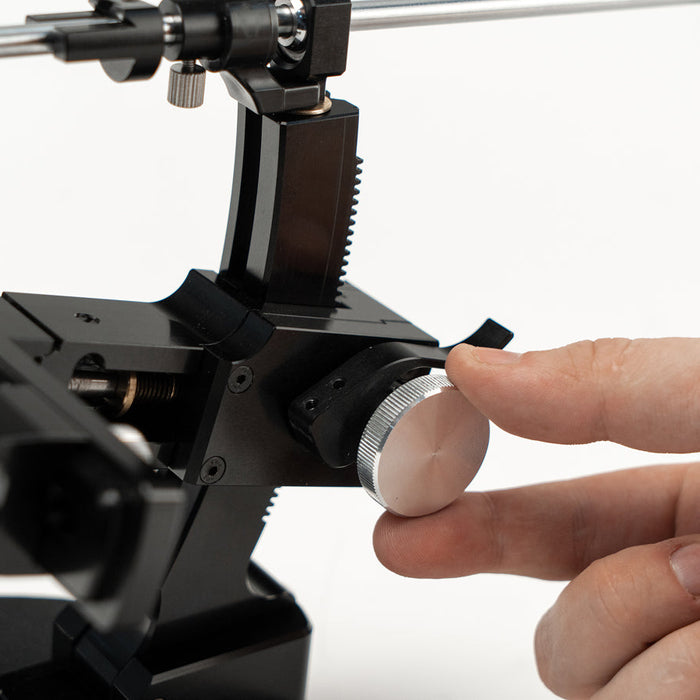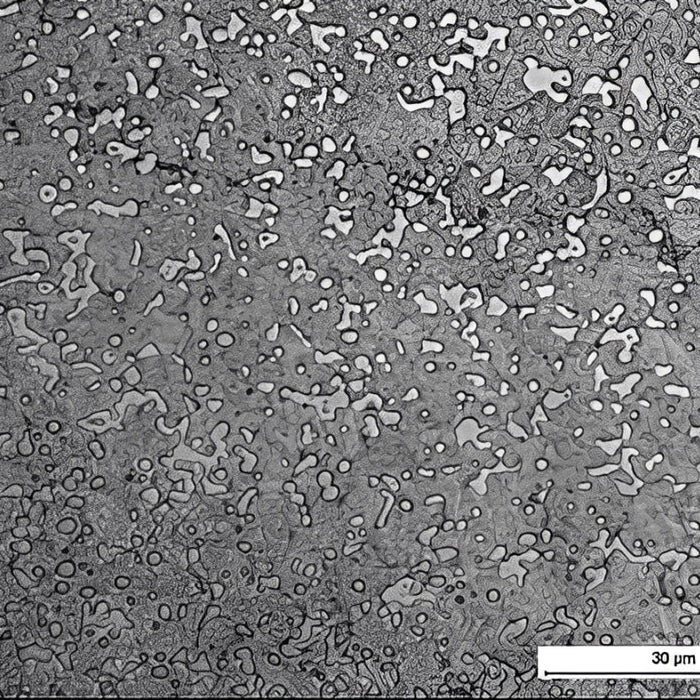Introduction

420HC steel is currently one of the most popular steels in the affordable price segment. It is used to make knives for many prestigious American companies, and recently, steel has become popular outside the United States. The steel belongs to the standard martensitic stainless alloys and is one of the modifications of the most inexpensive and popular AISI 420 steel. 420HC differs from it by an increased carbon content of 0.44-0.60%, while in 420 steel this content is approximately 0.12 – 0.14%. In addition, 420HC steel has an increased chromium content of about 13-14% and has silicon, manganese, molybdenum, and vanadium in its composition. It approximately corresponds in its composition to the Russian tool steels 50X14MF and 65X13.
|
STEEL GRADE
|
CARBON (C)
|
MANGANESE (Mn)
|
CHROMIUM (Cr)
|
SILICIUM (Si)
|
VANADIUM (V)
|
MOLYBDENUM (Mo)
|
|
420HC/425 modified
|
0.45-0.54
|
0.80
|
13.50-14.00
|
0.80-1.0
|
0.18
|
1.00
|
420HC steel features
420HC steel retains all the main qualities of 420 steel, including high strength, no tendency to cracks and chips, simple heat treatment and very high corrosion resistance. In addition, due to the increased amount of carbon, the hardness and strength of the steel increases. This steel shows a significant increase in wear resistance in normal everyday use compared to 420. However, special heat treatment plays a large role in this increase, applied to it mainly by American heat treaters. The main method of improving its qualities is cryogenic cooling in liquid nitrogen. After this procedure, at a hardness of 57 HRC, it becomes quite competitive with 440A steel, which has the same hardness, but has not undergone cryoprocessing. 420HC steel works best in the kitchen, on the soft surface of the kitchen board, without contact with abrasive hard materials. In difficult working conditions, such as skinning, cutting cardboard boxes, etc., it still quickly loses its sharpness and cannot compete with higher-level steels. The main quality of this steel is its ability to restore sharpness very easily; in particular, it can be effectively treated with ceramic honing rods.
How to sharpen 420HC steel
Sharpening 420HC steel does not present significant difficulties. It is quickly sharpened with various types of abrasives. With a standard hardness of 56-57 HRC, the steel is too soft to use diamond bars on an organic bond to sharpen it. The softness of the steel will cause the diamonds to get stuck in the viscous structure of the secondary bevel, which will cause them to break out of the diamond bar or break off the tops of the diamond grains. The use of diamond bars on a galvanic bond is quite possible and gives a quick and controlled result when sharpening. However, the best abrasives for this steel will be synthetic stones based on silicon carbide and aluminum oxide. In particular, you can use silicon carbide stones: TSPROF Smart, TSPROF ABRASIVES or one of the best stones – Boride CS-HD series. All these stones are suitable for use with water. You can also use Boride stones based on aluminum oxide, such as T2 series and PC series stones. They belong to the oil stones. All synthetic abrasives on this steel will work quite quickly and with very insignificant wear.
For polishing 420HC steel, Dialux pastes with leather on a blank or diamond pastes on an oak blank can be used. Both methods of polishing will give a shiny mirror secondary bevel. Natural stones, such as Arkansas stones, are also perfect for polishing a blade made of this steel. They can be applied either independently or with the addition of Luxor paste. Polishing with natural stones will give a high sharpness and a matte secondary bevel.
While mentioning the angles of sharpening, it is necessary to understand that although the steel is not subject to chipping at normal hardness levels in the range of 56-57 HRC, but if the secondary bevel is too thin and the angle is small, it will have a tendency to jam. Manufacturers, realizing this, usually make a fairly thick blade with large angles on knives made of this steel. When sharpening, it is necessary to understand the reason for such technological solutions; reducing the angle in this case will have a consequence in the form of quick blunting of the cutting edge.
Conclusion
420HC steel is one of the best materials in the budget-friendly knife segment. Steel does not rust, does not stain, and has stable predictable properties. Nevertheless, its wear resistance is not outstanding, and it will need sharpening quite often.






